The story of Nintendo. Chapter 1: 100 years ago...
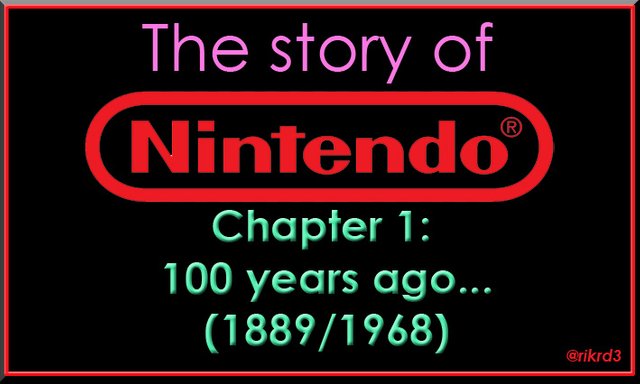
In fact it was 129 years ago if we count that we are in the year 2018, on September 23, 1889 Fusajiro Yamauchi found NIntendo Co. 任天堂 株式会社.
The company consisted of an establishment where Japanese games of cards known as Hanafuda were created and sold.
But let's start from the beginning, much further back in time, concretely at the end of the 15th century, in the last decades of this century Japan's contact with the West began, they were prosperous years where commerce grew at a good pace, the crews of Western sailors were common to see in the ports these had as one of their main methods to entertain the games of cards, hobby that was taken by the Japanese and expanded from the ports to the towns of Japan, but all change at the beginning of the century XVI with the beginning of the Tokugawa period (徳 川 時代 Tokugawa jidai) the third Tokugawa shōgun named Lemitsu noticing the influence of Western culture on his people (mainly Christianity) began to distrust this to the point of prohibiting all contact with these , which caused Japan to isolate itself from the world.
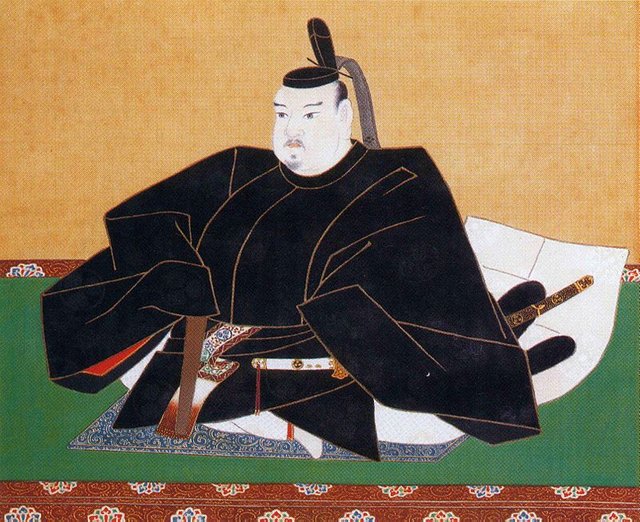
During this period of isolation, known as sakoku (鎖 国?), Trade relations with all European nations ceased, and so packets of new cards stopped arriving, in fact they were banned in the country. The Japanese giving samples of their always ingenious inventiveness, created their own card game by adding their own details and creating the Hanafuda.
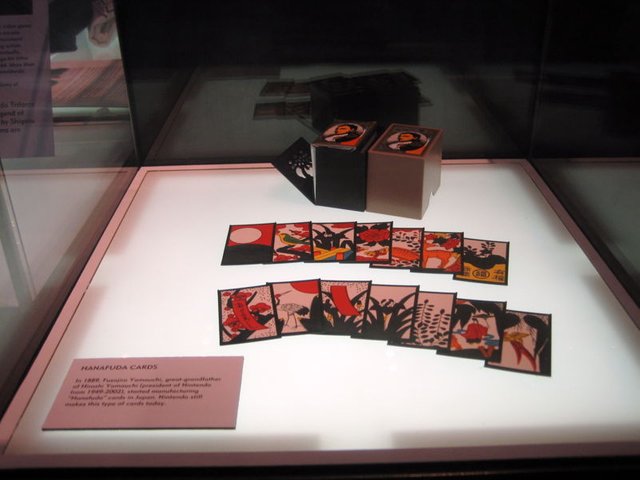
Fueron hechos clandestinamente, volviéndose muy populares, especialmente en el inframundo. Fue un momento difícil que este bloqueo autoinducido de Japón duró 3 siglos, no fue sino hasta 1854 cuando bajo la influencia del estadounidense Matthew Perry (como Chandler Friends) Japón volvió a abrirse al mundo con la firma de la Convención de Kanagawa , uno de los cambios que esto causó es que el juego se volvió legal y comenzó a abrir salas de juego en todo el país.
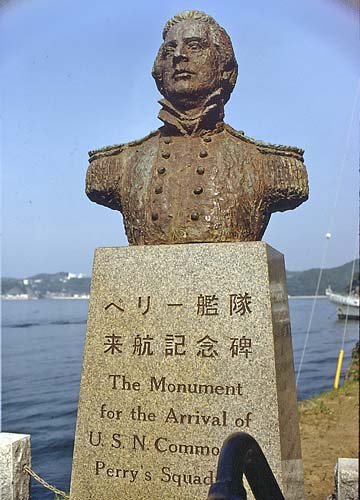
Fusajiro Yamauchi (The creator)
.png)
Fun Fact: The name #Nintendo comes from three Kanjis, Nin, Ten and Dō. The kanji "Nin" means in other words: "Perseverance and strength". The kanji "ten" means heaven. The kanji "dō" means temple, hall. Therefore, the meaning of the Kanjis is: "Heaven blesses hard work", "Leave luck to heaven", "Heaven helps us", "Everything is in the hands of heaven".
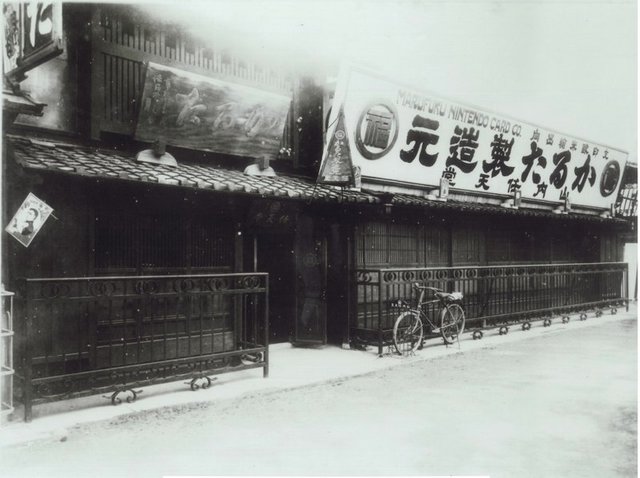
The company was a success, the cards were expensive if we compared with the competition, the big difference is that these were high quality cards, very popular, but the gains lasted little, the cards were slow and expensive to make and due to their quality they lasted quite a while causing sales to dwindle, new strategies such as special editions were unsuccessfully tried, but this only made matters worse since customers even didtn play with them, it was decided to create a new line called Tengu, card games of less quality but much more economic, being a commercial success.
Fun fact: The Hanafuda decks created by Nintendo, thanks to their quality, were adopted by the Yakuza for their card games.
Yamauchi made the company grow, consolidating as a leader in the field of card games, later in 1902, with its own distributor, decks were created with the western style to export, this also becoming very popular in Japanese lands, these movements catapulted sales of the young company.
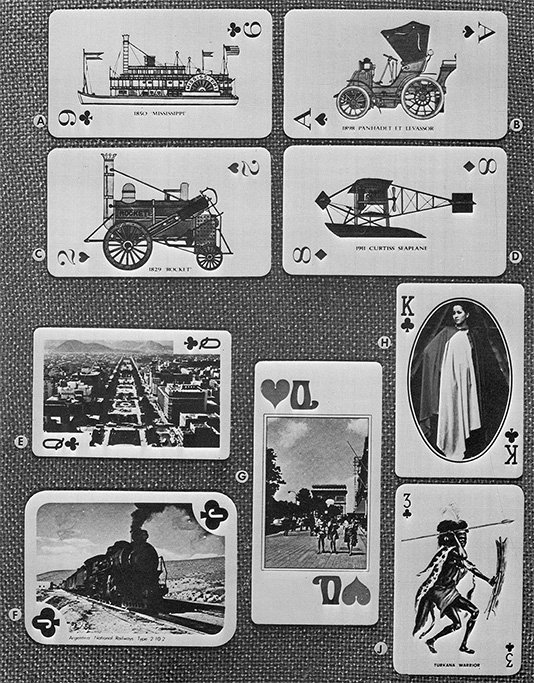
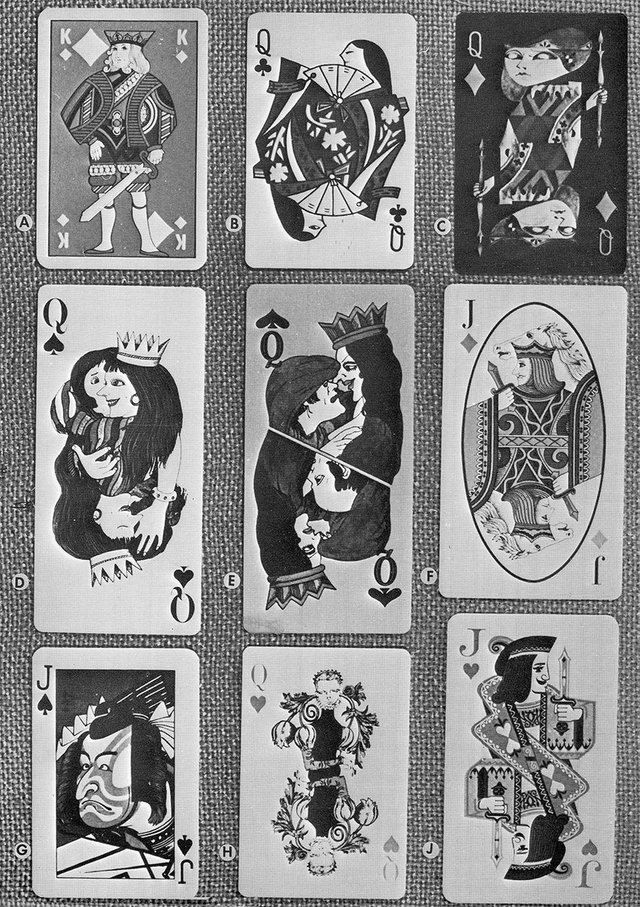
Fusajiro Yamauchi, thanks to the money earned, was able to give his family a good life, he retired in 1929 at the age of 70 and as dictated by tradition in Japan he had to leave the family business in the hands of an heir, but Yamauchi had no sons, only one daughter called Tei Yamauchi, Tei married Sekiryo Kaneda, a trusted employee who shortly after was named Managing Director of Nintendo, a marriage that Yamauchi himself facilitated, he was the chosen for Yamauchi to run the company, from now on, Sekiryo would adopt the name of Sekiryo Yamauchi.
Fact: Yamauchi suffered a stroke, which led to his death. His remains were buried in the basement of Nintendo's original offices in Kyoto.
Sekiryo Yamauchi (The prosperous)
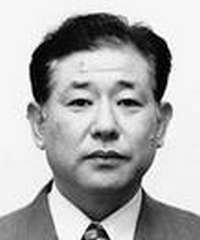
Sekiryo Yamauchi when it came to delegating the company had the same problem as his predecessor, his marriage to Tei Yamauchi had only one daughter Kimi Yamauchi, forcing him to make the same decision to choose one of the best employees of the company and marry him his daughter, this honor was won by Shikanojo Inaba, an artist who collaborated on the design of the cards. From this marriage was born a son, the great Hiroshi Yamauchi The chain of succession planned by Sekiryo Yamauchi with Inaba first and his son Hiroshi afterwards, seemed to ensure the future of the company. However, it was not like that because Inaba could not stand the pressure of the order and in a rather cowardly way decided not only leave the company, but also leave his family, leaving fatherless to a small Hiroshi of only 6 years.
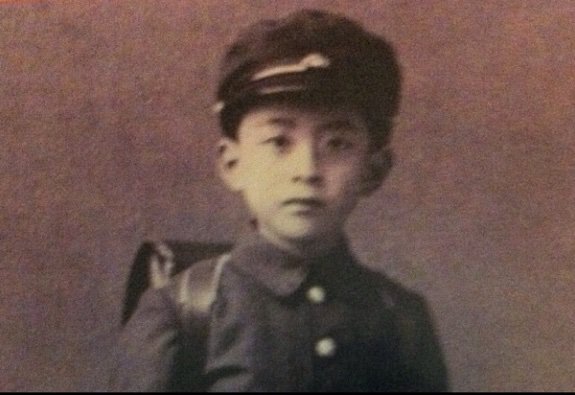
Sekiryo Yamauchi adopted his grandson giving him education and a well-to-do life, and he had to wait for Hiroshi to grow up to take the reins of the company that, with the beginning of the Second World War, almost paralyzed the production completely since the Japanese society turned back to this type of leisure activities prioritizing other needs.
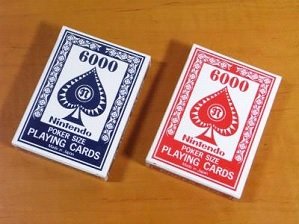
The company managed to get ahead, partly helped by the economic injection that involved the wedding of young Hiroshi with Michiko Inaba, who came from a wealthy family. In 1947, the company implemented chain work, in addition to reorganizing its production to make it more effective in what remained its two main business lines, Japanese and Western cards. However, in the middle of reactivating the business, Kaneda fell ill, forcing his succession.
Fact: In 1949, Sekiryo retired after suffering a stroke, dying shortly afterwards.
Hiroshi Yamauchi (The visionary)
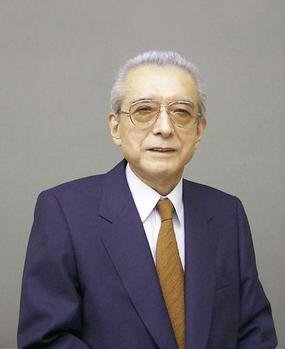
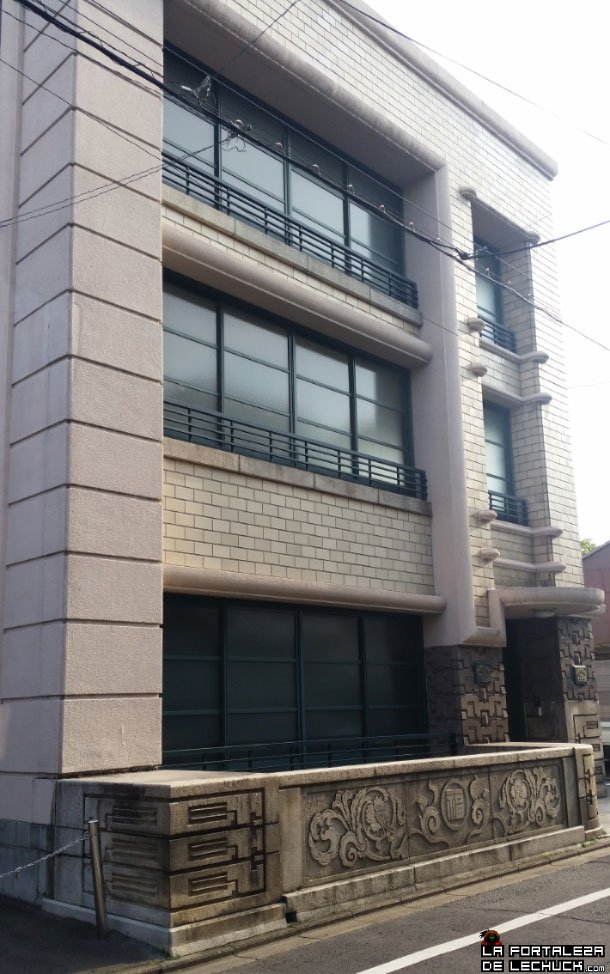
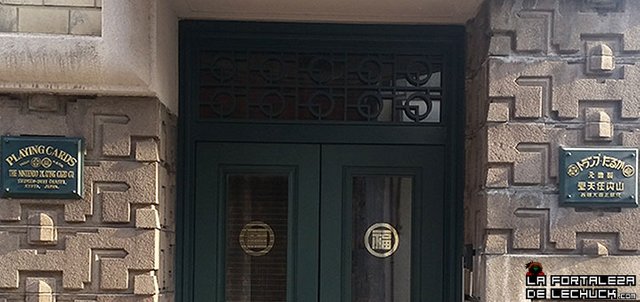
After the postwar period, Japanese society and its economy gradually recovered. In that historical moment, at the end of the decade of the 50 the figure of Walt Disney emerged with force in the United States. Hiroshi Yamauchi, saw there a business opportunity since characters like Mickey Mouse were a perfect claim for new decks aimed at children.
Fun fact: Nintendo not marketed abroad with his name, but with its distributor Nippon Game.
The agreement could not be more positive for Nintendo, 1961 closed with 1.5 million sets of letters sold and a market share of 80% The first advertising campaign on television, taking advantage of the relative new television business, was good to blame for that. Thanks to these good results, the company started trading, while its results improved year after year to reach 150 million yen of profits in 1964. Again, the company changed its name, the Nintendo Koppai denomination happened to be simply Nintendo its legal form (Co., Ltd) in the West and (kabushiki gaisha) in Japan.
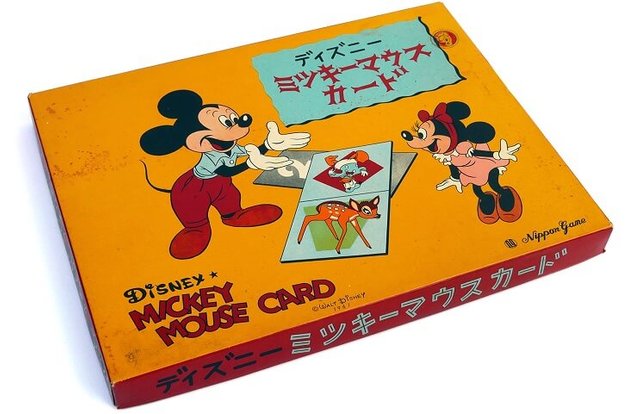
But all this momentary success would not last long, the future looked gray. The cards were less and less popular among young Japanese, the times were changing and Hiroshi was aware of it. He tried to expand the company to other areas. During the years from 1964 to 1968, Nintendo tried his luck with small business experiences, among them, a taxi company (called Daiya with relative success but with many problems with unions), a chain of "Hotels of love" (a hotel for Japanese couples to have intimacy), a food company called San.o Shokunin (which he tried to sell instant rice, similar to instant noodles), besides they start making toys and not just decks.
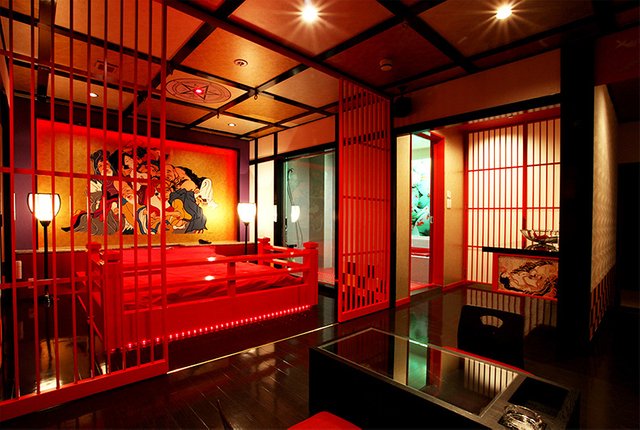
But for the first time for the company red numbers did not stop, all those adventures in investments without profits were draining the capital of the company, Yamauchi realized that they had to focus on their niche market, where they had succeeded, the toys. This thanks to the advice of one of its star employees of the company Hiroshi Imanishi, Imanishi was an essential part in the way to take Nintendo from the card games to bigger things. In the late 1960s, Imanishi convinced Hiroshi Yamauchi that the future of Nintendo was in toys and gadgets. Then he was responsible for the Research and Development Department for these games. In this division, I would recruit the legendary Nintendo engineers Gunpei Yokoi, Masayuki Uemura and Genyo Takeda. They were only making small electronic toys at that time, not knowing that they would have great success.
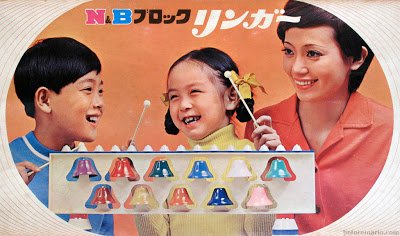
Classic board games such as shogi, go or mahjong were launched. It was followed by more foreign games obtained under license and sold under the Nippon Game brand.
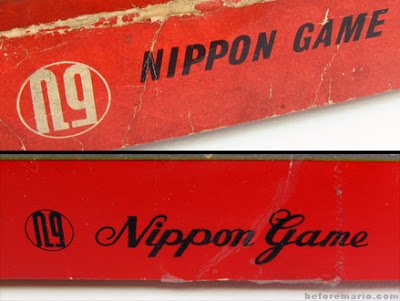
It was not until 1966, when the company managed to get out of the hole it was in. He achieved it thanks to the Ultra Hand, a new toy designed by the young inventor Gunpei Yokoi. This unique gadget in form of an extendable arm managed to sell 1.2 million units and took its creator to the position of chief engineer of the company.
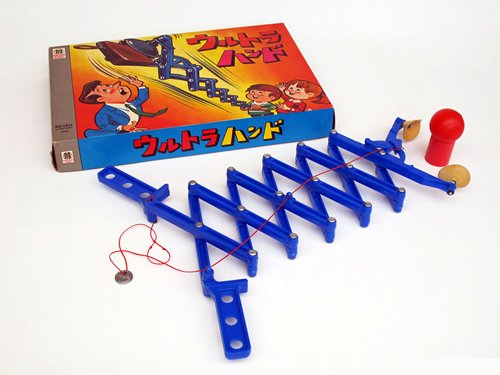
Yamauchi decided to reorganize the company into three areas. Two would be dedicated to the traditional Japanese cards and a third would use the ingenuity of Yokoi in the creation of toys. This last section would soon bring new joys to the company, since after the Ultra Hand of 1966, in 1968 came the Ultra Machine (a pitcher of ping pong balls that children used to practice without risk baseball). In three years they were sold over two million units.
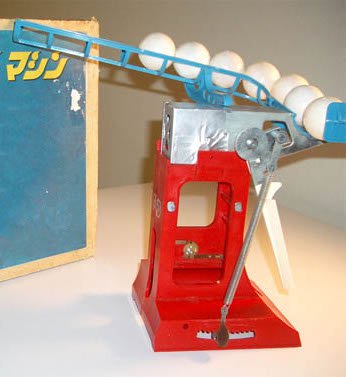
Nintendo had finally managed to diversify its business and no longer depended exclusively on the sale of cards. In spite of this, it was still very far from the big Japanese toy companies of the moment such as Bandai or Takara, they were leading the market. It is there thanks to the ingenuity of its engineers where the idea of incorporating electronics to toys emerged.
We have explored much of the history of Nintendo, from that beginning in mythical times in the history of Japan, stories of samurai families, even their "indirect" flirtations with the Yakuza, there is no denying the passion with which these Japanese have guided their company, but still missing history, electronic games are what mark the start of the company in its most successful branch, video games,
With all that business experience accumulated over the years, it's no wonder that Nintendo is still alive today, always experimenting and growing, with that strange habit of always going against the current that sometimes seems so strange to us Westerners.
TO BE CONTINUE…
Thank you for reading.
Sources:
https://www.nintendo.es/Empresa/La-historia-de-Nintendo/La-historia-de-Nintendo-625945.html#1889
https://cnnespanol.cnn.com/2016/07/20/la-historia-de-nintendo-a-traves-de-sus-consolas-y-sus-cifras/
https://es.wikipedia.org/wiki/Tokugawa_Iemitsu
https://es.wikipedia.org/wiki/Historia_de_Jap%C3%B3n#Florecimiento_cultural_y_contacto_con_Occidente
https://es.wikipedia.org/wiki/Tratado_de_Kanagawa
https://es.wikipedia.org/wiki/Fusajir%C5%8D_Yamauchi
https://es.wikipedia.org/wiki/Nintendo
https://es.wikipedia.org/wiki/Sekiryo_Kaneda
https://es.wikipedia.org/wiki/Hiroshi_Yamauchi
http://nintendo.wikia.com/wiki/Hiroshi_Imanishi
The images used are public access, many of them under the Creative Commons license.
This is a translation of the original article in Spanish. Source
Good wishes @rikrd3,
Your post "The story of Nintendo. Chapter 1: 100 years ago..." hast just been Resteemed !!! 🙃😝🙃
You have achived this service by following me.
🙂😉🙂 If you want's to stop me, Please Unfollow @tow-heed😻😻😻
Congratulations @rikrd3! You have completed the following achievement on the Steem blockchain and have been rewarded with new badge(s) :
Click on the badge to view your Board of Honor.
If you no longer want to receive notifications, reply to this comment with the word
STOPThis post was shared in the Curation Collective Discord community for curators, and upvoted and resteemed by the @c-squared community account after manual review.